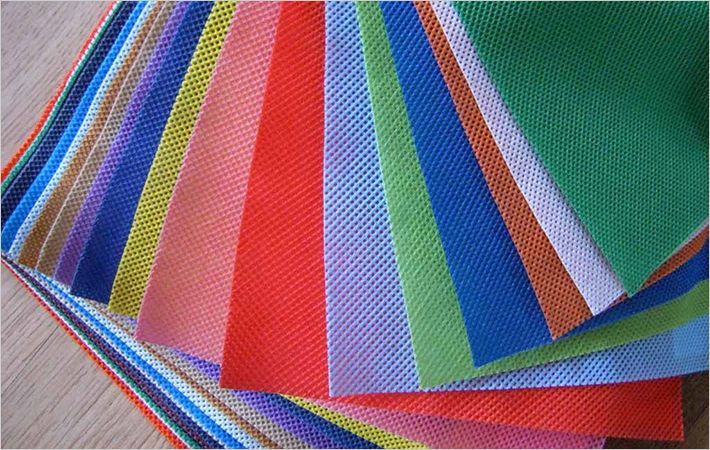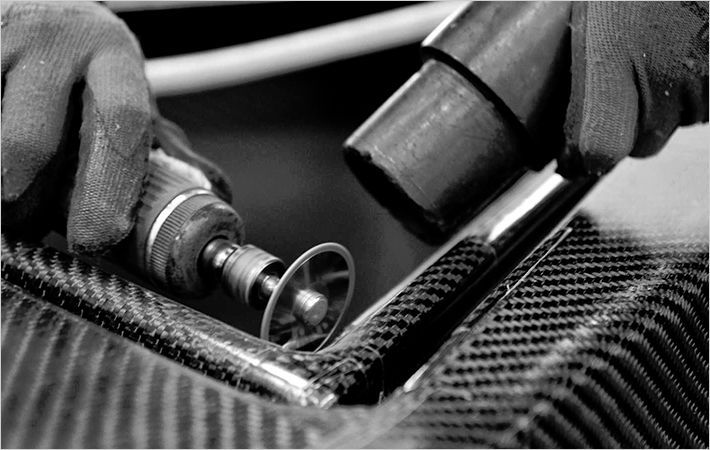Adding a new dimension to implantable devices, scientists at the Tufts University in the US have managed to develop 'smart threads integrated with nano-sensors, electronics and microfluids that can be stitched through layers of tissue to gather diagnostic data in real time.
For the first time, scientists, including one of Indian-origin, have developed smart threads integrated with nano-scale sensors, electronics and microfluidics that can be stitched through layers of tissue to gather diagnostic data in real time.Adding a new dimension to implantable devices, scientists at the Tufts University in the US have managed to develop 'smart threads integrated with nano-sensors, electronics and microfluids that can be stitched through layers of tissue to gather diagnostic data in real time. For the first time, scientists, including one of Indian-origin, have developed...#
They used a variety of conductive threads that were dipped in physical and chemical sensing compounds and connected to wireless electronic circuitry to create a flexible platform that they sutured or stitched into tissue inside rats as well as in vitro (laboratory) .
The threads collected data on tissue health, pH and glucose levels that can be used to determine issues such as how a wound is healing, whether infection is emerging, or whether the body's chemistry is out of balance.
The results were transmitted wirelessly to a cell phone and computer. According to one of the team scientists Sameer Sonkusale, the research suggests that the thread-based diagnostic platform could be an effective substrate (surface) for a new generation of implantable diagnostic devices and smart wearable systems.
It showed that a 3D platform is able to conform to complex structures such as organs, wounds or orthopedic implants. The research findings were published in the journal Microsystems and Nanoengineering.
While more study is needed in a number of areas, researchers said initial results raise the possibility of optimising patient-specific treatments.
"The ability to suture a thread-based diagnostic device intimately in a tissue or organ environment in three dimensions adds a unique feature that is not available with other flexible diagnostic platforms," said Sonkusale, from Tufts University's School of Engineering.
"We think thread-based devices could potentially be used as smart sutures for surgical implants, smart bandages to monitor wound healing, or integrated with textile or fabric as personalised health monitors and point-of-care diagnostics," he said.
Until now, the structure of substrates for implantable devices has essentially been two-dimensional, limiting their usefulness to flat tissue such as skin.
However, the materials in those substrates are expensive and require specialised processing.
"By contrast, thread is abundant, inexpensive, thin and flexible, and can be easily manipulated into complex shapes," said Pooria Mostafalu, who was a doctoral student at Tufts when he worked on the project.
"Additionally, analytes can be delivered directly to the tissue by using the thread's natural wicking properties," he said. (SH)
Fibre2Fashion News Desk – India

